MARKET PERSPECTIVE
By J Mulraj
March 22-28, 2025
The achievements and the challenges before us
Image created by Bing
The big advantages in the India story were it’s favorable demographics (average age is 28.8 years in India, 37.5 in China, 38.7 in USA, 44.7 in Germany and 46.5 in Japan), which provides the impetus for decadal growth, the JAM trinity (jandhan bank accounts to provide financial inclusion, the unique identity Aadhar cards, and affordable mobile connections, all combined with the Government created Unified Payment Interface, led to an astounding 187 billion digital transactions) and it’s large domestic market which creates demand. This allows India to expect a GDP growth of 6%, annually. India’s GDP today is $ 3.8 trillion. Compounding at 6% over ten years, it should be $ 7.2 trillion by 2035.
Nandan Nilekani, founder and former CEO of Infosys and the one who helped create the unique identity system, Aadhar, describes how, with a few unlocks, the growth rate can increase from 6% to 8%, compounded, in this must-watch video.
If compounded at 8% instead of 6% India’s GDP can grow to $ 8.8 trillion by 2035.
Nilekani points to the significant lowering of cost of doing e-kyc, or an electronic know your customer, from $23 to $0.5. It was the lower cost that allowed, eg, the opening of 700 million bank accounts, it allowed new telecom entrant, Reliance Jio, to acquire 100 m. customers in the first six months, and for the mutual fund industry to quickly onboard millions of 180 m. new entrants to the equity market. As a result, a whopping ₹26000 crores ($3b) is collected every month in equity mutual funds through SIPs (systematic investment plans). This makes Indian stock markets less dependent on foreign portfolio investors, thus less volatile.
Yes, there are challenges that need to be addressed. As Nilekani points out, some of these headwinds are a lack of formalization of the labour economy, low productivity levels, unequal distribution of contribution and income/wealth. Only 13 of India’s 788 districts contribute half of India’s GDP! Bihar’s state’s per capita GDP is 1/16th that of Telangana. Half of India’s wealth is in it’s land, and this is non monetizable. Only 15% of Indians are in the formal economy, compared to 60% in Brazil.
Nilekani talks of 4 unlocks which, successfully implemented, will raise GDP growth from 6 to 8% per annum . For example, AI technology permits talk in multiple languages. India has 22 official and hundreds of unofficial languages and dialects.
Another unlock will be the capital unlock. The startup ecosystem is thriving and producing unicorns (startup’s hitting a billion dollar valuation) at a fast pace. These successful unicorns are, on cashing out partially or fully, go on to promote or fund (=capital unlock) more startups.
Today India has 150,000 startups which will grow at 20% annually, to reach 1 billion startups by 2035!
Then there will be the Formalization unlock, where Gen Z (people born between 1997 and 2012), will adapt quickly to use AI and all emerging technologies.
This presents an attractive India story.
India is, however, slower than rival China in adopting emerging technologies. It has accepted the inevitability of, and has been quicker to innovate and produce, humanoid robots. We don’t seem to hear much political discourse on this because politicians don’t want to tell the electorate that their livelihood is in danger. But surely it’s better to communicate that than to behave like a myopic ostrich! Countries using the humanoid will outstrip those which don’t.
France has made a huge leap in nuclear fusion, which promises an unlimited supply of clean energy, at little cost. This may take some years to commercialize, but, when it does, it will have a huge, negative impact on existing energy plants. Including renewable energy.
Last week the BSE Sensex closed at 77414, for a weekly gain of 509 points.
President Trump promised to levy reciprocal tariffs (you scratch my eyes, I’ll scratch yours) on April 2, a day after All Fool’s Day. Apparently it has been reduced to a few items. Investors can take a deep breath, before his next rant, whenever. A negotiating team from America is now in India to discuss a bilateral trade agreement. This would certainly include a reduction by India of high tariff rates. Some leading industrialists, like Jamshed Godrej, have understood that Indian industry needs to rely on becoming competitive instead of relying on tariff protection.
The India story, especially after the unlocks suggested by Nilekani, make for a great India story. The Government must, though, adopt emerging technologies to help improve productivity and remain competitive. It must communicate the benefits and risks to people, and help retrain them. Z may be the last letter of the alphabet, but hopefully India’s 472 million Gen Z will be the first to lead India on to becoming a leading economy.
Perhaps the Indian elephant can fly!
Comments may be sent to jmulraj@asiaconverge.com


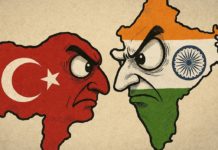



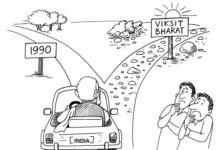





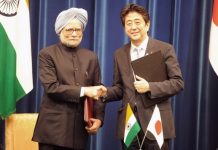







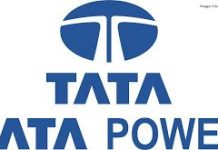
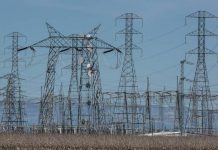




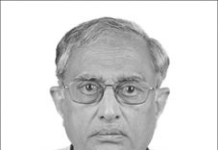

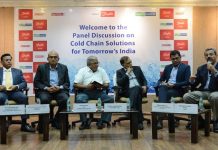
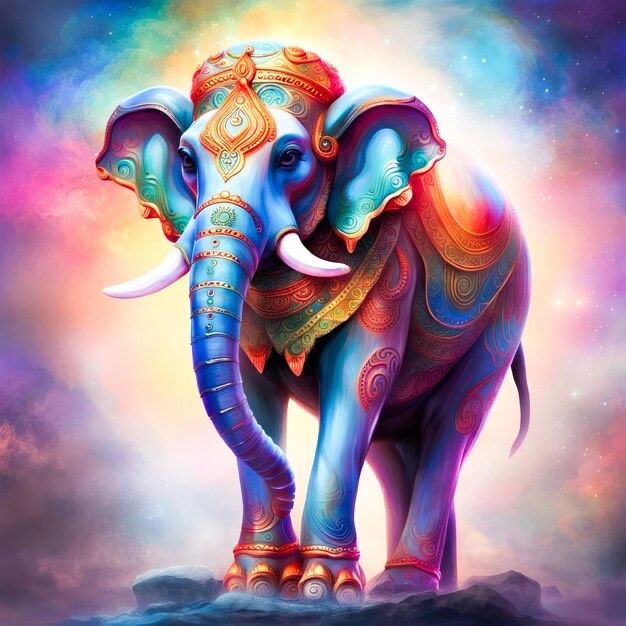












COMMENTS